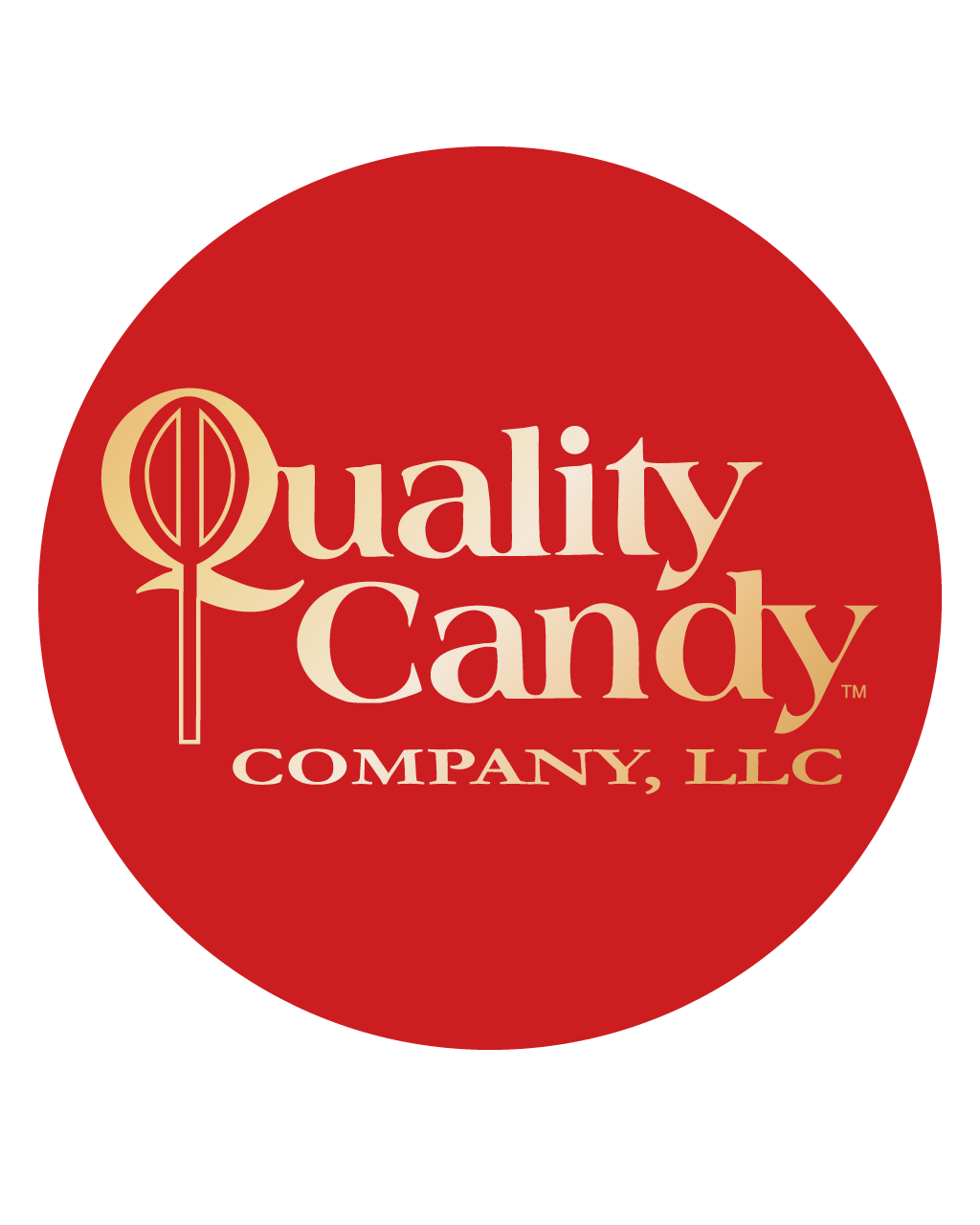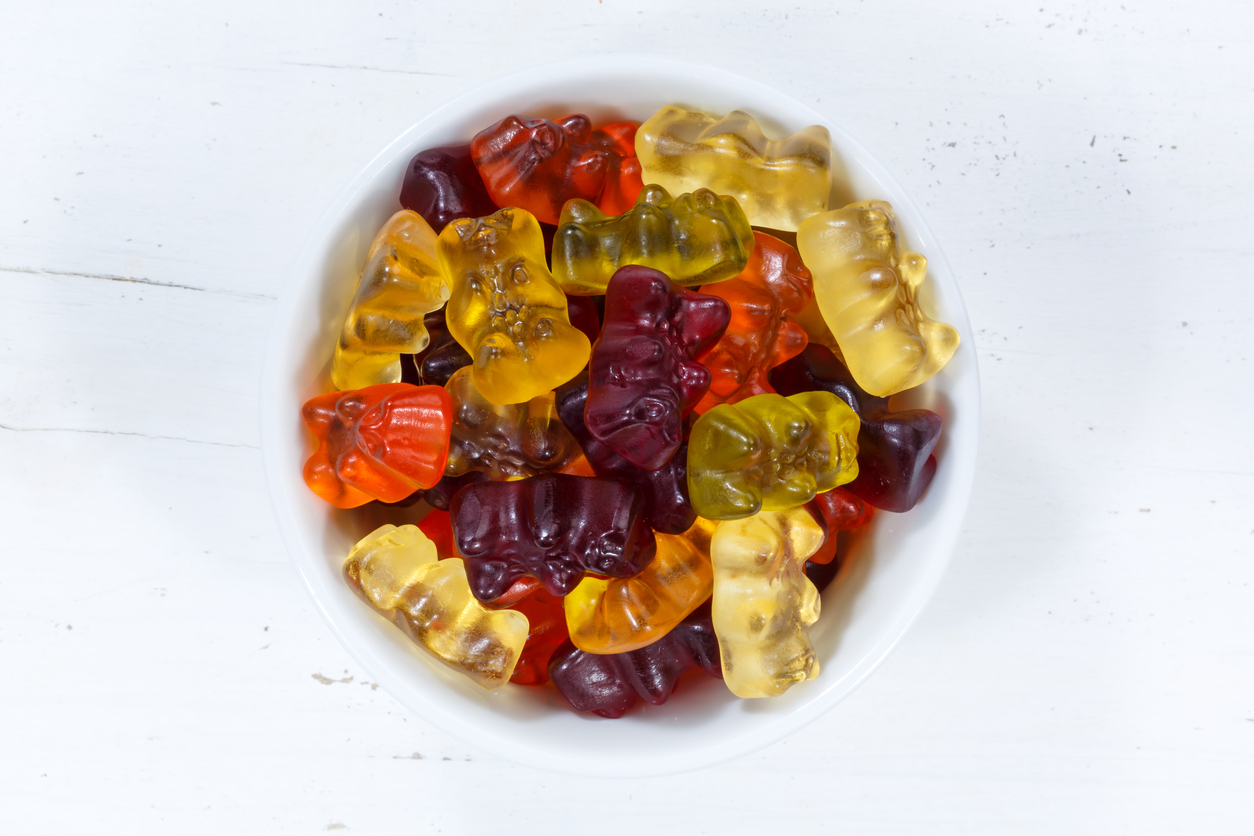The impulse aisles of your local Whole Foods market aren’t filled with the traditional treats that you might find at your local grocery store. Rather, chocolates, powders and shots made with supplemental vitamins are what health-oriented markets like Whole Foods use to temp their customers into adding one final purchase to their shopping list. I always found it difficult to understand how dummies full of vitamin D would be more appealing to a consumer than, say, a Snickers bar. Yet, maybe manufacturers are on to something when it comes to the idea that candy can be both delicious and good for you.
These fortified treats are known as functional candy and every day, they are growing in popularity. In fact, according to a report by Allied Market Research, “functional candy is expected to grow at a projected compounded annual growth rate of 3.9% from now to 2022. This projected growth is no wonder when we consider how millennial and generation z consumers are driving demand for healthier snack options.
The idea of functional candy isn’t new when you think about the fact that Flintstone Chewable Vitamins were first introduced in 1968. Still, the chews were consumed with the idea that they were vitamins first rather than delicious gummies that you could consume as such. It is a bit more difficult to get consumers to understand that they don’t have to choose between the two.
Another obstacle is that consumers prefer certain snack foods to be functional over others. According to Mintel’s October 2016 Vitamins, Minerals and Supplements report, when consumers were polled about what format they would prefer their functional candy, “65% cited mints as the preferred format in confection, 64% hard candy and 55% gum.”
Still, functional candy companies are paving the way for new methods of delivering vitamins, minerals and supplements to consumers and the projected growth implies that that is what the consumer of today demands.
For more candy news, make sure to keep up with our blog!

